FYI: If you haven't seen it yet, there is another cup activity (not found in the Cup It Up book), Flip Flop Tower (with Video) I posted here on the FUNdoing blog back in 2016.
Needs: For every small group of 5 to 7 players, you need 1 Small Bowl, 9 Ping Pong Balls, 12 Cups and a timing device.
Directions:
- The Objective: Move all nine ping pong balls from the bowl into the 9-grid of cups as quickly as possible.
- The bowl with 9 ping pong balls will be the starting point and a 3 by 3 grid of cups will be the finishing point of your activity. [You might want to set up a set of cups so the teams know what it looks like.]
- During ping pong ball movement, all players must be in-between the starting and finishing points.
- All players are required to take part in moving each of the nine point pong balls.
- The other three cups available are to be used to move the ping pong balls from player to player.
- The first player can pick up and move one ping pong ball at a time.
- The last player is responsible for getting the ping pong ball into the 9-grid of cups.
- Ping pong balls are transferred from player to player overhead - the cup with the ping pong ball goes overhead and the player pours the ball into the cup of the player behind him/her. This process continues until the last player who is responsible for getting one ping pong ball into each cup.
- Someone in each group will be required to time each attempt made. Time starts when your facilitator says, "GO" - the first ping-pong ball can then be picked up. Time stops when there is one ping pong ball inside each of the 9-grid cups.
After each attempt, I lead a discussion about the different roles and responsibilities taking place in each group and what's important to know about each of the roles. We also talk more about the responsibilities of each person (in their role) and how they are able to manage their time - what can save time and what they focus on in order to save time. In general, we also talk about what's been working for the group and what they might want to do differently before the next attempt.
When appropriate, I also will graph the times for each group so that we can collect data from the process. This data could lead to some collaborative sharing of ideas.
Finally, before each attempt, I will encourage players to change roles if people want to experiment with other responsibilities.
- Add the Rule - If a ping pong ball touches the floor/ground, it must go back into the starting bowl.
- Have one cup for every participant.
- Establish the distance between the bowl and the 9-grid so players will need to leap frog to the back of the group to keep the ping pong balls going.
All the best,
Chris Cavert, Ed.D.

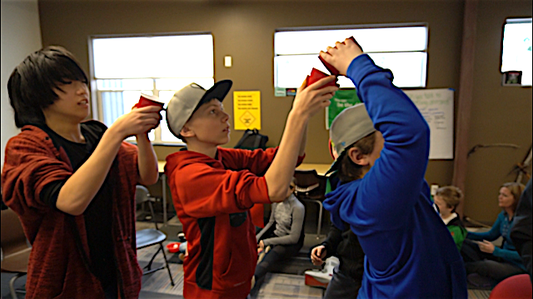
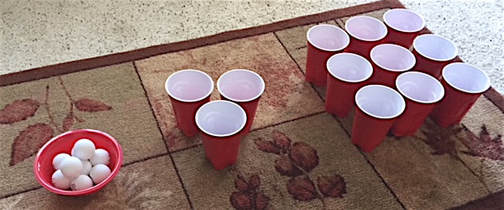
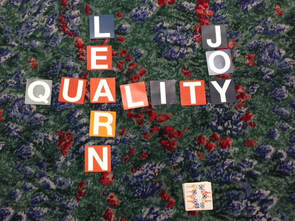
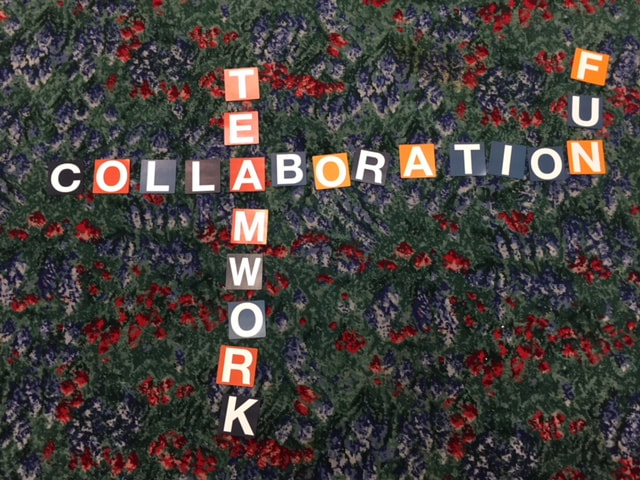
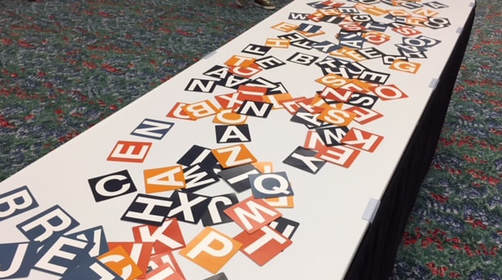
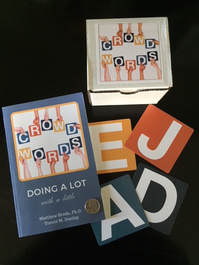





 RSS Feed
RSS Feed